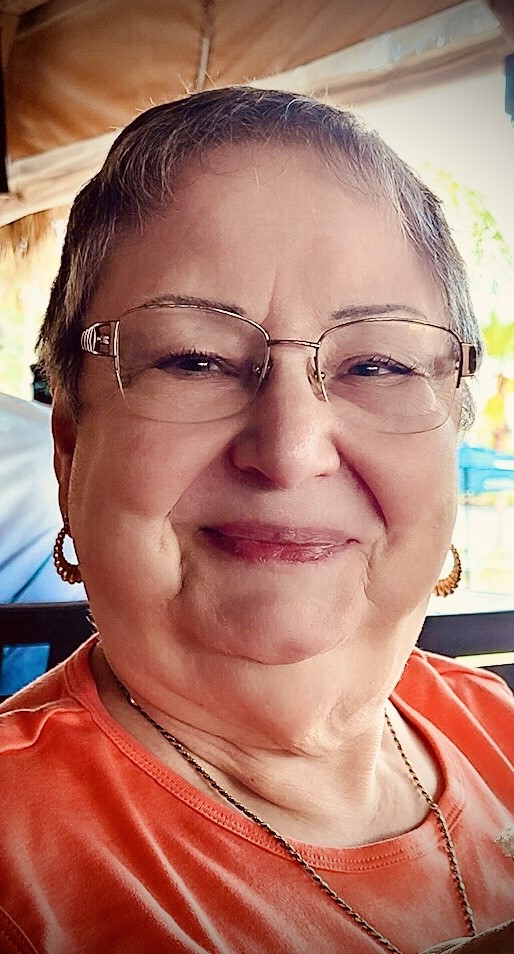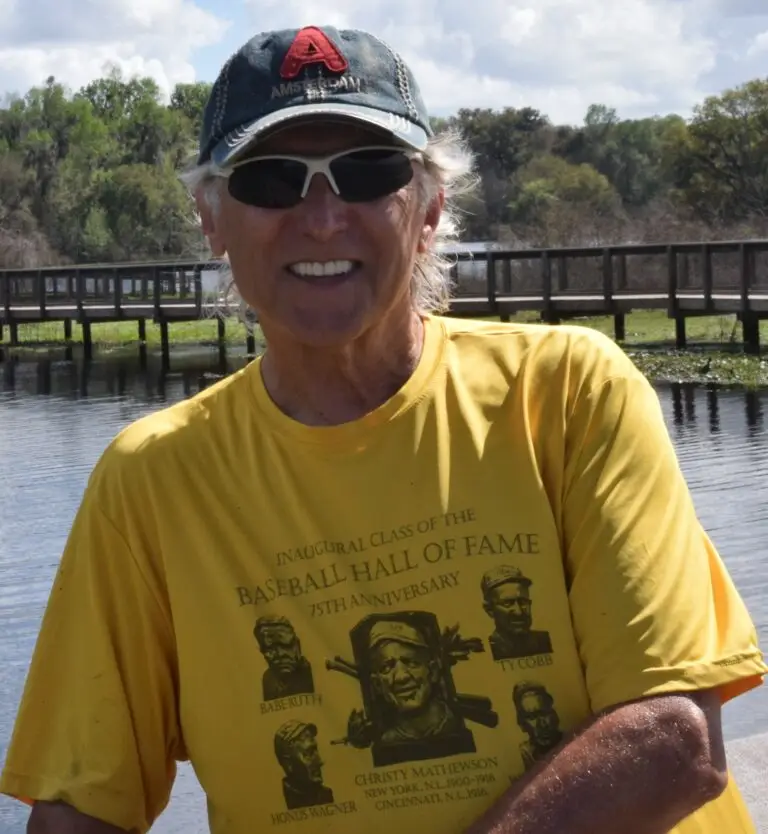A Story to Remember
by Caire Lane
The USS Gambier Bay was the only US escort carrier sunk by direct gunfire in battle in World War II. She went down off the island of Samar in the Philippines during the Battle of Leyte Gulf—but not before saving the lives of hundreds of thousands of marines and soldiers in MacArthur’s invasion force and stopping cold the supposedly invincible Imperial Japanese Navy. For this, she received four battle stars and shared in a Presidential Unit Citation “…for extraordinary heroism…”
The Gambier Bay was a baby flattop only half the size of a troop ship, two thirds the size of a hardened battleship, 586 feet compared to 1089 and 888 feet respectively. No double hull. No watertight compartments. It was a tin can packed solid with airplanes, fuel and munitions. It carried only two five-inch guns for protection and was never meant to engage in battle.
It’s job, along with others of its kind, was to escort troop ships into Leyte Gulf and to release and service the planes that were bombing and shelling the Japanese battlements on shore, so that our troops could storm the beaches with greater odds of survival.
The Gambier Bay, part of a task force designated Taffy 3, was almost out of ammunition after two days of softening up the Japanese positions. She was headed back through the straits off the Philippines to resupply, when her planes spotted a Japanese force double her strength coming at her out of the fog.
The thing is, they aren’t supposed to be there. They’re part of an armada thought to have been destroyed in a battle farther north. Under the misapprehension that the threat had been neutralized, our admirals had ordered our battleships off.
But this contingent of the Japanese fleet had escaped undetected. It headed south to close the mouth of Leyte Gulf at its northernmost point, while other Japanese fleets did the same thing on the southern and eastern ends. Their plan was to trap MacArthur’s entire force, a half-million men, like ducks in a shooting gallery, hitting them broadside, and sinking troops and ships both where they sat.
Our battleships, if they could have been contacted, were two days away, too far out of range to be of any help. With that many lives in danger, everyone on the Gambier Bay knew what they had to do. Their duty was to protect those troops, whatever the cost, to the death. To a man, they knew the stakes and they accepted the risk.
In two hours of fighting, the Gambier Bay took out two of Japan’s four battleships and injured a third. She sank half of the enemy’s eight cruisers and eleven destroyers.
During the battle, she’s targeted by a heavy cruiser, the Chikuma, with 8-inch guns and a vendetta after an earlier run-in. The Chikuma hits the Gambier Bay broadside, tearing a hole straight through her at water level, taking out her forward engine room and cutting her speed in half, down to nine knots. She can’t run.
Instead, the Gambier Bay uses her fuel to set controlled chemical fires—in effect, fog machines. Using the smoke to hide her position, she runs a zig-zag course; this allows her destroyers to nip in and out, firing on the Japanese at close range. When her planes run out of ammunition, they execute dummy runs to harass the enemy. Meantime, Japanese destroyers take out the Gambier Bay’s boilers, so she’s dead in the water.
The Gambier Bay has managed to put all of its planes in the air, except one lost in an explosion on deck before it could be serviced, and to keep all of its destroyers operational. Now, they ask for and get a little help from a few of the planes spared by Taffy 1and Taffy 2. They will need it.
Out of the fog, comes the biggest battleship in the Japanese fleet—and in the world, at this time—the Yamato. This ship is sixteen stories high. It has nine 18-inch guns pointed forward and rows of 8-inch guns protruding out either side. It can accurately target from 30 miles away and it runs at 35-40 knots. It is truly Goliath to our David.
The Yamato closes and targets the USS Gambier Bay from 22,000 yards, point blank range, sending high-explosive, armor piercing rounds completely through a tiny ship that hasn’t any armor to protect it. The damage is catastrophic. Doomed, the ship endures direct hits from three Japanese destroyers, one hit every other minute, hits that set her on fire and split her hull open to the sea. The captain orders his destroyers and his planes to the safety of other carriers and bases and, at the last possible moment, tells his men to abandon ship. In fourteen minutes, the USS Gambier Bay sinks.
Inexplicably, the Japanese destroyers do not pick off the survivors. According to the sailors, they take photographs, salute their brave foe, and sail away. Our men spend two days afloat without water, holding onto nets under broiling sun, surrounded. hounded, and, sometimes, picked off by sharks, until they are finally rescued.
Later, naval strategists speculate that the Japanese commander, Admiral Kurita, must have been ordered to head for the battle up north; why else would he have forgone the coup d’ gras?
But, the truth for the men who lived it is different. They fought with everything they had. Not with ammunition, because they didn’t have any of that. They fought with smoke and mirrors—and pure grit—through explosions, fires, and flood.
Some lost their lives at their posts, doing the jobs they knew had to be done. Our sailors never stopped fighting and they never gave up. They kicked the pants off Kurita’s fleet. They sacrificed their ship and their lives, to buy time for the Gambier Bay’s sister ships to regroup and come back strong.
In his arrogance, Kurita couldn’t believe one little ship could do all that damage to the Imperial Japanese Navy. There had to be more of them out there. The fact is, the Gambier Bay had completely fooled him into thinking Taffy 3 was a bigger force than it actually was. When Kurita spotted the Gambier Bay’s sister ships in the distance, he may have believed he was facing Admiral Halsey’s Third Fleet. After having already lost half his contingent to the USS Gambier Bay, he wasn’t about to stick around to find out!
Instead of crushing Taffy 3 (which the Yamato and the Musashi, could easily have done) and pushing into Leyte Gulf—for a huge victory at the expense of thousands of American lives—Admiral Kurita turned tail and ran. That’s what our men witnessed. That’s what they remember.
Whatever the armchair quarterbacks think, the story the proud men who lived it believe—and rightly so!—is that on October 25, 1944, the USS Gambier Bay and her gallant American heroes single-handedly turned back the Imperial Japanese Navy.
God Bless ’em!
Pass it on.
(This story has been preserved in the book, CHOICES, by Caire Lane. If you’ve enjoyed what you’ve read, you can find the book on Amazon, or through the Citrus County Library System.)







